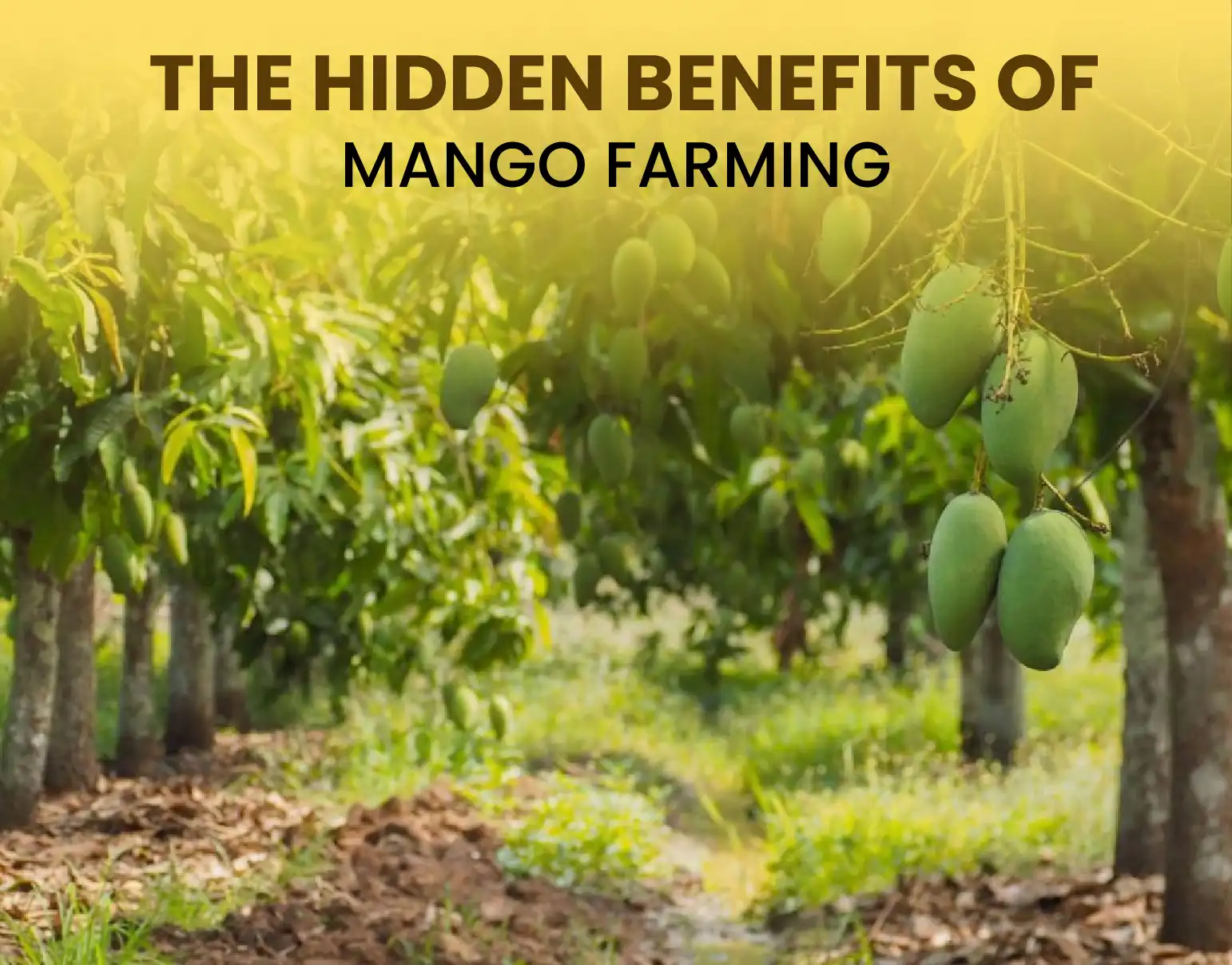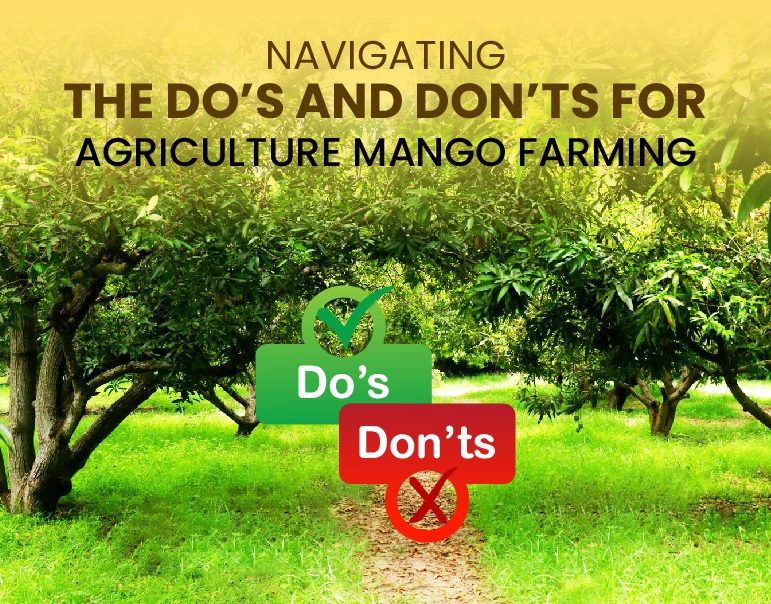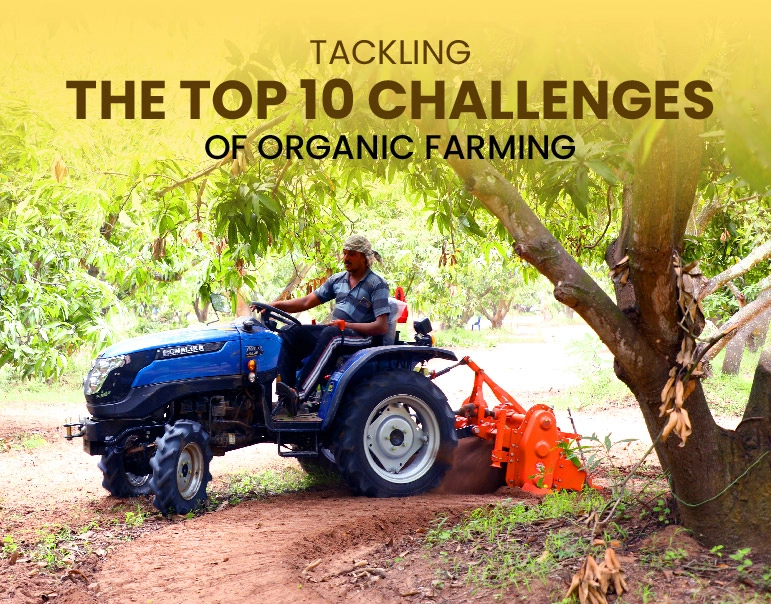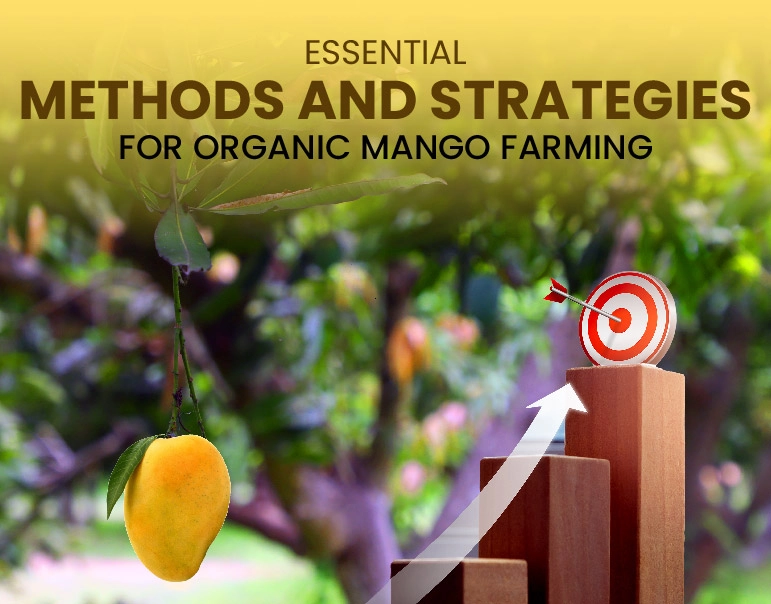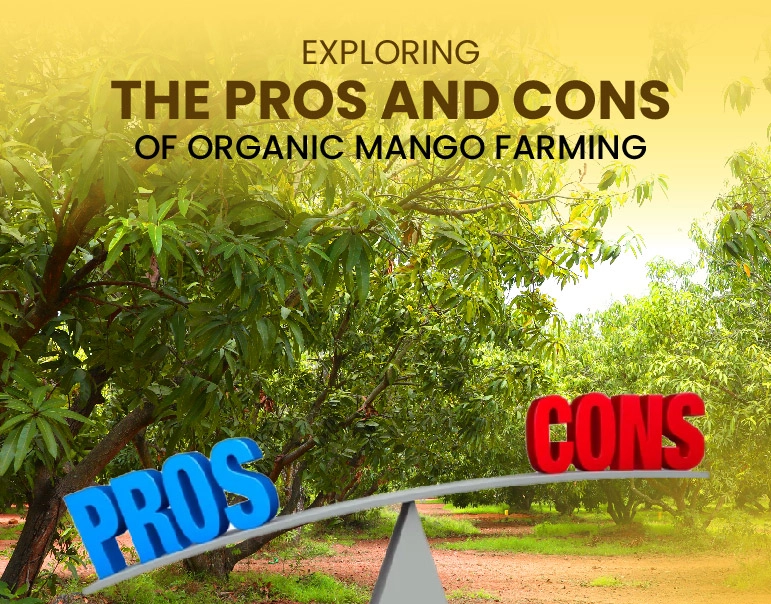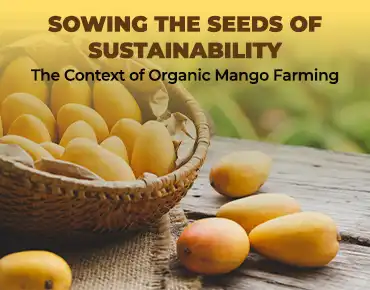Important things to think about when starting a Mango Farm


Starting a mango farm can be a profitable endeavor, but to guarantee long-term success, it calls for careful planning and smart choice. Mango cultivation calls for considerations of climate, soil quality, economics and marketing techniques rather than only tree planting. We discuss the main considerations to keep in mind when launching a mango farm below.
Location strongly influences the success of mango growing. Mangoes do best in tropical and subtropical environments with moderate rainfall, lots of sunlight and warm temperatures.
Optimal Temperature: Mangoes trees thrive in conditions between 24°C and 27°C.
Elevation and Rainfall: Stay clear of places likely to have lots of rain or frost since these could ruin the fruits and blossoms.
Ensure the farm is easily accessible from transportation hubs to facilitate the transportation of produce to markets.
Each of the hundreds of mango types fits different climates and consumer preferences. Among popular choices are Alphonso, Kesar, Banganapalli and Dasheri.
Market Demand: Research local and worldwide markets for particular variants.
Climate Compatibility: Select variances that fit the local farm area's temperature.
Harvest Timing: Select varieties with staggered harvest seasons to maintain a consistent income throughout the year.
The condition of the soil determines mostly the success of mango farming. To find pH values and the availability of key nutrients, test the soil.
Soil Requirements: Mango trees like well-drained, sandy-textured or red soil with a pH between 5.5 and 7.5.
Land preparation: Clear the ground of rocks and weeds, then get irrigation channels ready.
Soil Enrichment: Before planting, boost fertility with organic manure or compost.
Mango trees are drought-tolerant, but they still need water at particular times—especially during flowering and fruiting.
Drip Irrigation: This technology guarantees effective water distribution as well as water conservation. The root zone will be reached.
Water Sources: Make sure the farm has dependable reservoirs or borewell access.
Rainwater Harvesting: Get and save rainwater for extra irrigation during dry seasons.
The way you arrange and plant mango trees affects their output.
Space: Allow ten to twelve meters between trees to allow air flow and sunlight to reach them.
Grafting: Choose grafted mango seedlings since their fruits come faster than those of seed-grown trees.
Staggered Planting: To guarantee ongoing output over the years, think about grouping tree plantings.
Mango crops are targeted by pests such as fruit flies and mealybugs, as well as fungal diseases like anthracnose and powdery mildew.
Preventive Measures: Shield from common pests with organic insecticides and neem oil.
Integrated Pest Management (IPM): To control pests sustainably, mix natural predators, traps and little usage of chemicals.
Timely Monitoring: Inspect trees often to spot illnesses early on and stop crop loss.
Mango trees must get the right nutrients if they are to develop robustly and yield superior fruit.
Fertilization: Apply a balanced combination of potassium, phosphorus and nitrogen fertilizers.
Organic Farming: Many growers choose organic techniques, which substitute green manure and compost for synthetic fertilizers.
Pruning: Annually prune trees to maintain a reasonable height and increase airflow, thereby lowering disease risk.
Timing the harvest is crucial for maintaining quality and guaranteeing optimal ripeness of fruits.
Harvest Timing: When mangoes are mature but still firm, pick them to avoid damage during transit.
Post-Harvest Treatment: To cut waste and stop fungal development, sort and wash mangoes.
Storage and Packaging: Store fruit in a cool atmosphere to increase shelf life; use vented crates for transportation.
Success in mango farming depends on a well-thought-out marketing strategy for your output.
Market Research: List the appropriate markets, local, national or international.
Agrotourism: Offering tours or farm-stay experiences, several farmers diversify and create extra income.
Value-Added Products: Turn extra mangoes into dried mango slices, preserves or liquids.
Beginning a mango farm calls for an initial outlay of money in land, tools and seedlings.
Cost Analysis: Calculate expenses for marketing, labor, irrigation systems, land preparation and equipment.
Government Schemes: Investigate government grants, loans and subsidies for fruit cultivation.
Insurance: Think about crop insurance to guard against erratic conditions or insect damage.
Customers are increasingly seeking responsibly cultivated produce and mango farms align well with environmentally friendly methods.
Organic Farming: Cut chemical use to appeal to consumers with health concerns.
Biodiversity Conservation: By drawing birds and insects, mango farms help increase biodiversity.
Soil Conservation: Mulching, among other methods, helps to preserve soil quality and stop erosion.
If one approaches starting a mango farm with the correct techniques, it may be both successful and rewarding. From selecting the ideal site and mango variety to creating marketing strategies and sustainable methods, every action counts. Apart from financial gains, a well-designed mango farm presents a chance to interact with the surroundings and support environmentally friendly farming. Your mango farm can grow to be a profitable business that benefits the environment as well as the economy for years to come with correct care and preparation.
This all-encompassing strategy guarantees that future mango growers are ready to meet obstacles and enjoy the returns on their investment.

